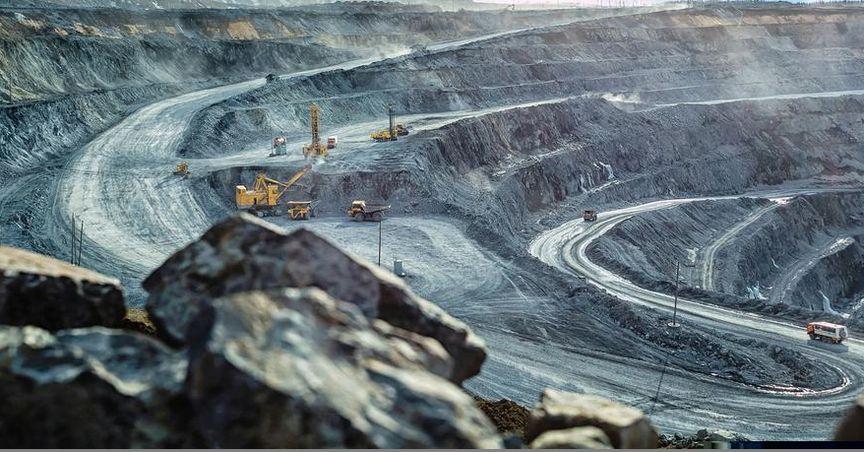Highlights:
- Preliminary geophysical data suggests the presence of a 1.7 km-wide meteor impact crater, a potential target for uranium mineralization.
- The crater, previously unidentified, lies in a region with a history of significant uranium mining.
- Fortin River was staked through the Mineral Administration Registry Saskatchewan (MARS) electronic system.
Power Metal Resources plc (LSE:POW, OTCQB:POWMF), a London-listed exploration company, has announced the acquisition of the Fortin River Uranium Project in northern Saskatchewan, Canada. The acquisition was achieved through mineral claim staking, and preliminary geophysical survey results show promising signs of a significant uranium target.
Geophysical Survey Reveals Potential Uranium Target
Recent geophysical survey data from the Fortin River Project indicates the potential existence of a 1.7 km-wide meteor impact crater. Impact craters of this nature are known to host unconformity-related uranium mineralization in Northern Saskatchewan, a region renowned for its uranium deposits. The nearby Carswell Crater, for example, has been a significant source of uranium, with over 62 million pounds of uranium mined from its major deposit.
The inferred impact crater at Fortin River had not been previously identified and has not seen modern exploration. This makes the project particularly exciting, as the area offers untapped potential for further exploration and discovery. With limited historical exploration, the discovery of this crater marks a significant opportunity for Power Metal Resources to unlock new uranium resources in the area.
Next Steps in Exploration
The Fortin River Uranium Project was staked through a direct mineral claim staking process conducted by the technical team at Fermi Exploration. This was done via the Mineral Administration Registry Saskatchewan (MARS) electronic registry system, which streamlines the claim staking process in the region. Further exploration will now be conducted to assess the full potential of the impact crater and surrounding areas.




